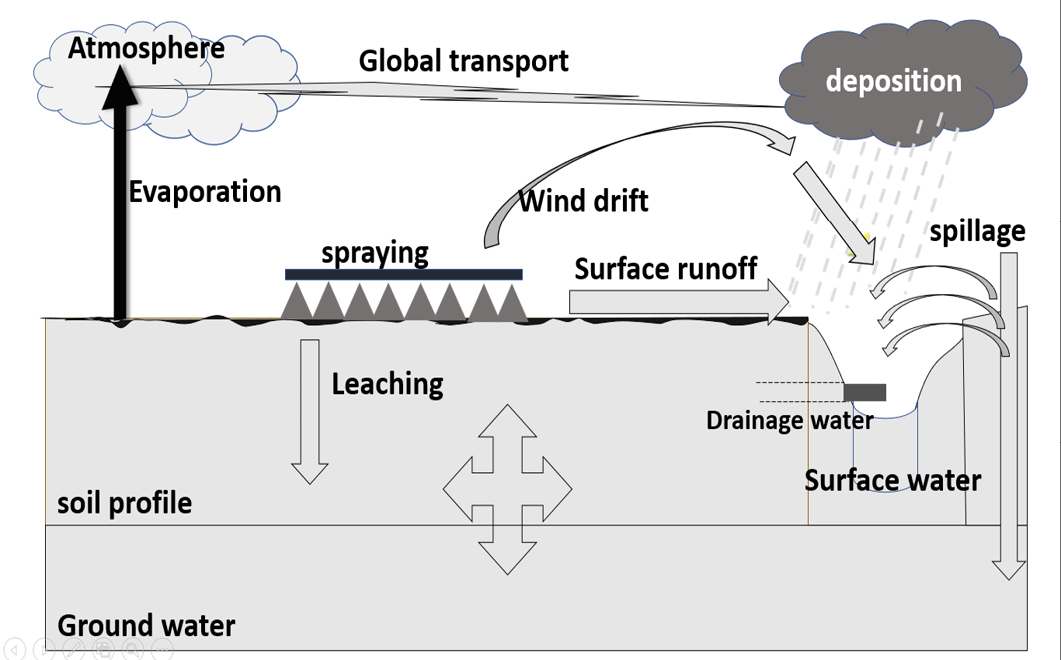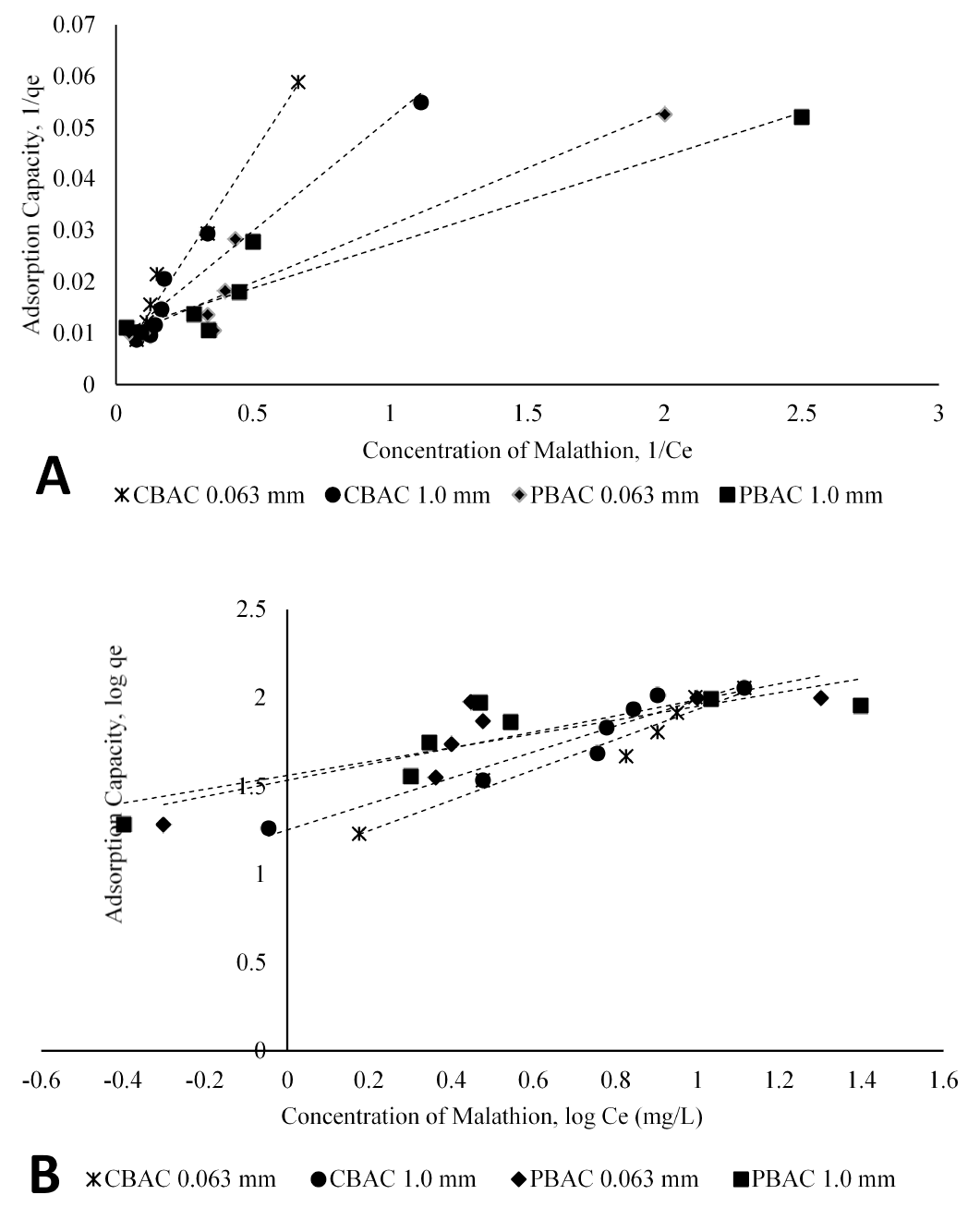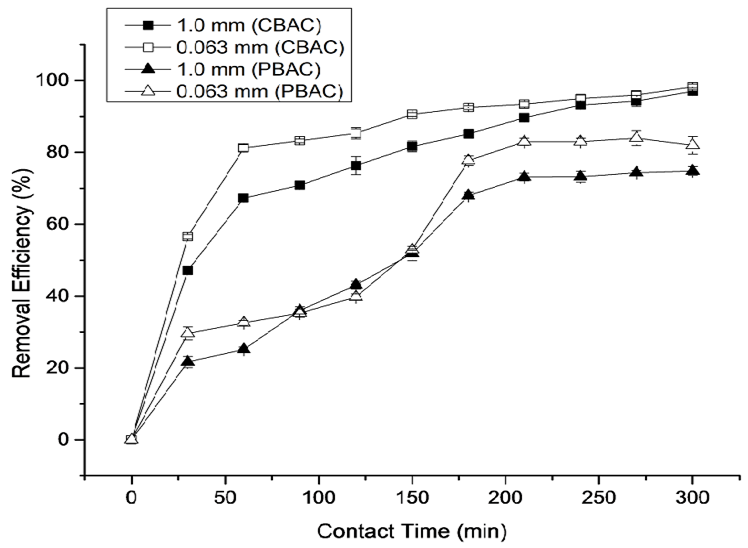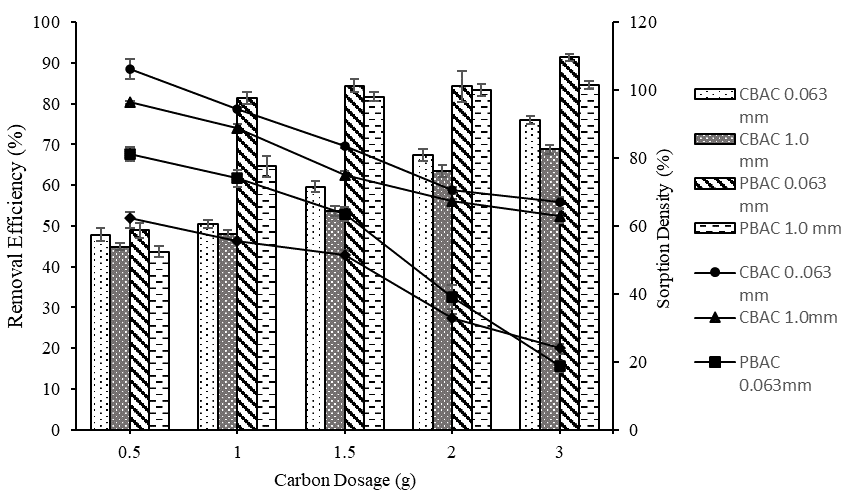Optimizing Granular Activated Carbon (Coal and Peat-Base) for Malathion Removal from Agricultural Effluent
Optimizing Granular Activated Carbon (Coal and Peat-Base) for Malathion Removal from Agricultural Effluent
Hajjar Hartini Wan Jusoh1,2, Hafizan Juahir1,2*, Azimah Ismail1, Nurfarahana Mohd Nasir3,5, Setyo Budi Kurniawan1,4 and Ahmad Jusoh5
Natural processes in the environment react to pesticides according to Tudi et al. (2021).
The pore structure for (a) CBAC and (b) PBAC.
The exterior structure for (a) CBAC and (b) PBAC.
Linearized form of the (a) Langmuir and (b) Freundlich isotherms for the adsorption of malathion for CBAC and PBAC at varying particle sizes.
Impact of contact duration on malathion adsorption (a) CBAC and (b) PBAC.
Effect of adsorbent dosage and removal efficiency on the adsorption of malathion for CBAC and PBAC with particle sizes 0.063 mm and 1.0 mm.
















